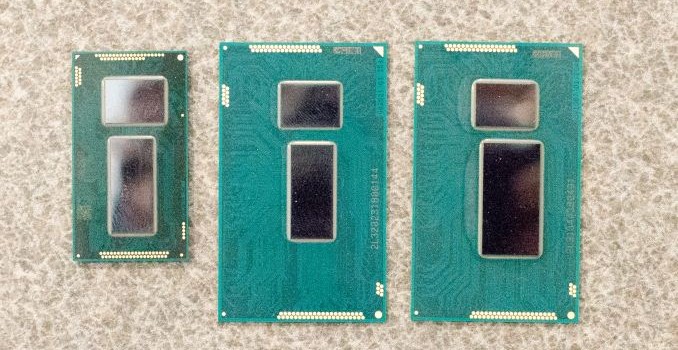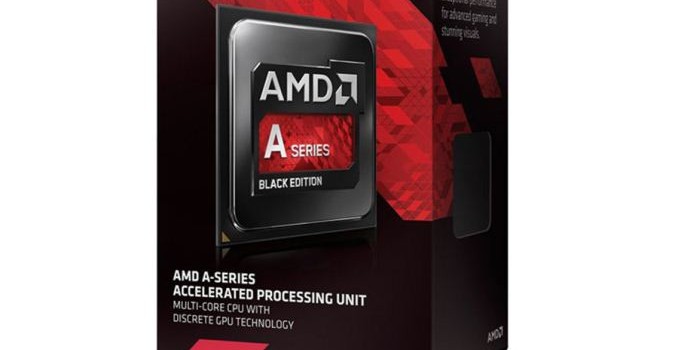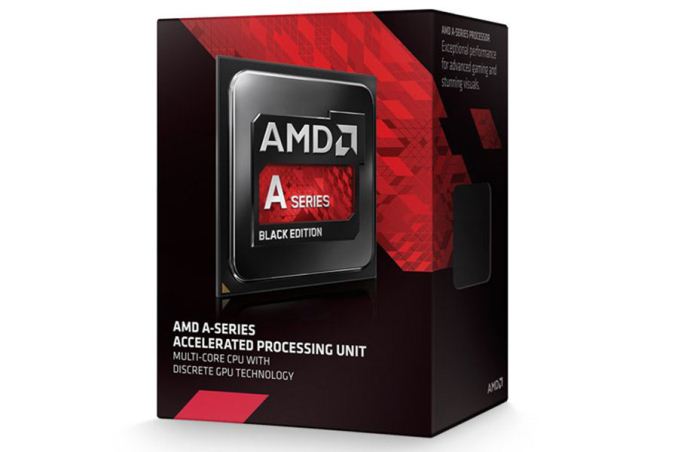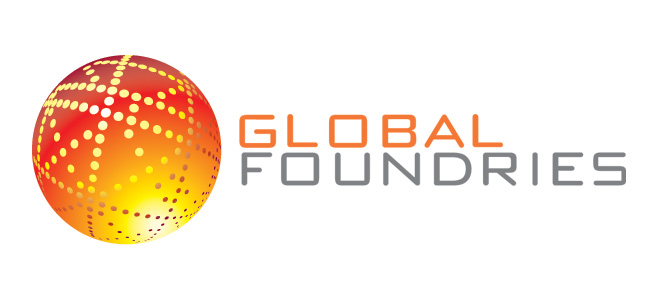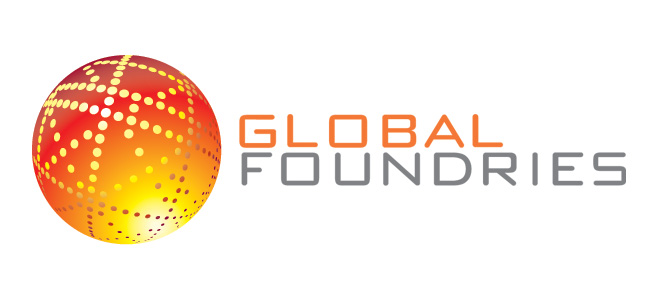More Intel Core M Coming Q4
Since Computex, there has been a lot of talk around Intel’s Broadwell-Y / Core-M CPU line. In August Intel treated us to a breakdown of the 14nm process and the Broadwell architecture including all the improvements therein, followed by a more succinct breakdown of the CPUs we should expect. These initial CPUs should be properly available to the public in Q4 in devices such as the Lenovo Yoga 3 Pro using the Core M-5Y70.
The news this week revolves around more Core M CPUs being pushed through the system. This is most likely as a result of Intel binning the CPUs in sufficient quantities to satisfy customers. The specifications are available at ark.intel.com, but the Core M line now stands at seven different SKUs:
| Intel Core M Specifications | |||||||
| 5Y71 (New) |
5Y70 | 5Y51 (New) |
5Y31 (New) |
5Y10c (New) |
5Y10a | 5Y10 | |
| Cores / Threads | 2 / 4 | 2 / 4 | 2 / 4 | 2 / 4 | 2 / 4 | 2 / 4 | 2 / 4 |
| Base Frequency / MHz | 1200 | 1100 | 1100 | 900 | 800 | 800 | 800 |
| Turbo Frequency / MHz | 2900 | 2600 | 2600 | 2400 | 2000 | 2000 | 2000 |
| Processor Graphics | HD 5300 | HD 5300 | HD 5300 | HD 5300 | HD 5300 |
HD 5300 |
HD 5300 |
| IGP Base Frequency / MHz | 300 | 100 | 300 | 300 | 300 | 100 | 100 |
| IGP Turbo Frequency / MHz | 900 | 850 | 900 | 850 | 800 | 800 | 800 |
| L3 Cache | 4 MB | 4 MB | 4 MB | 4 MB | 4 MB | 4 MB | 4 MB |
| TDP | 4.5 W | 4.5 W | 4.5 W | 4.5 W | 4.5 W | 4.5 W | 4.5 W |
| LPDDR3/DDR3L Support |
1600 MHz | 1600 MHz | 1600 MHz | 1600 MHz | 1600 MHz | 1600 MHz | 1600 MHz |
| Intel vPro | Yes | Yes | No | No | No | No | No |
| Intel TXT | Yes | Yes | No | No | No | No | No |
| Intel VT-d/VT-x | Yes | Yes | Yes | Yes | Yes | Yes | Yes |
| Intel AES-NI | Yes | Yes | Yes | Yes | Yes | Yes | Yes |
The new high end model is the 5Y71, offering a 2.9 GHz frequency mode and vPro features. The 5Y51 has slightly better specifications than the higher numbered 5Y70, but loses vPro compatibility. Both the 5Y31 and 5Y51 fill in the large gap between the 5Y10a and 5Y70 in the initial launch. All four new processors all have an improved base GPU frequency, up to 300 MHz, and are slated to work at a cTDP Up of 6W or cTDP Down of 3.5W, depending on the customer’s needs.
All new CPUs are slated for a Q4 launch, which would mean that they might become available for end users in products on the shelf sometime in Q1 2015.
Source: CPU-World

